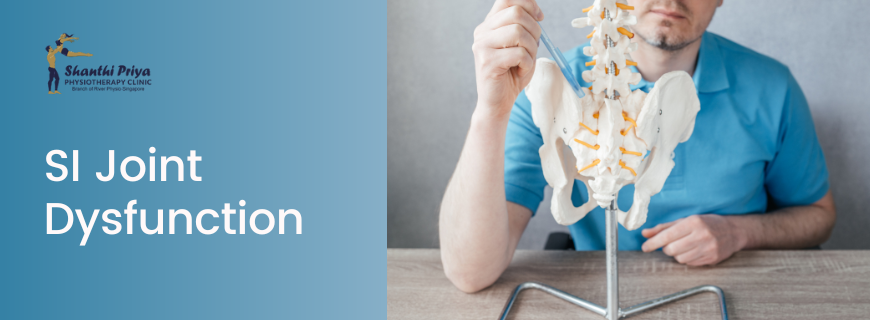What is SI joint dysfunction?
The SI joint (Sacroiliac Joint) is one of the large joints in the human body. A combination of sliding, tilting, and rotation occurs, enabling the pelvis to have control over the spine, which moves like a pole holding the flag in a ship. A gentle wavy movement that occurs in the pelvis controls the spine’s movements by rotating slightly in the opposite direction.
The SI joint is held together by a number of very massive and strong ligaments. These ligaments, when weakened, result in a loss of control, enhancing spinal movements, or they become calcified and thickened and result in lessened spinal movements.
In both cases, the load increases in the SI joint, which may present as SI joint strain or dysfunction. The pain usually presents unilaterally and may radiate to the buttock.
What does SI joint dysfunction feel like?
Symptoms include lower back pain, lower extremity pain, numbness, tingling, weakness, pelvis/buttock pain, hip/groin pain, leg instability (buckling, giving way), disturbed sleeping patterns, disturbed sitting patterns (unable to sit for long periods of time, sitting on one side), and pain when standing up.
What are the treatments?
Physical therapy can help to strengthen the sacroiliac muscles and increase their range of motion. Joint mobilization, electrotherapy, and stretching the surrounding muscles and ligaments are the usual methods of physiotherapy care. Improving postural control and pelvic stability will prevent future recurrences.
To learn more about back care at Shanthi Priya Physio, get in touch with our physiotherapists.


